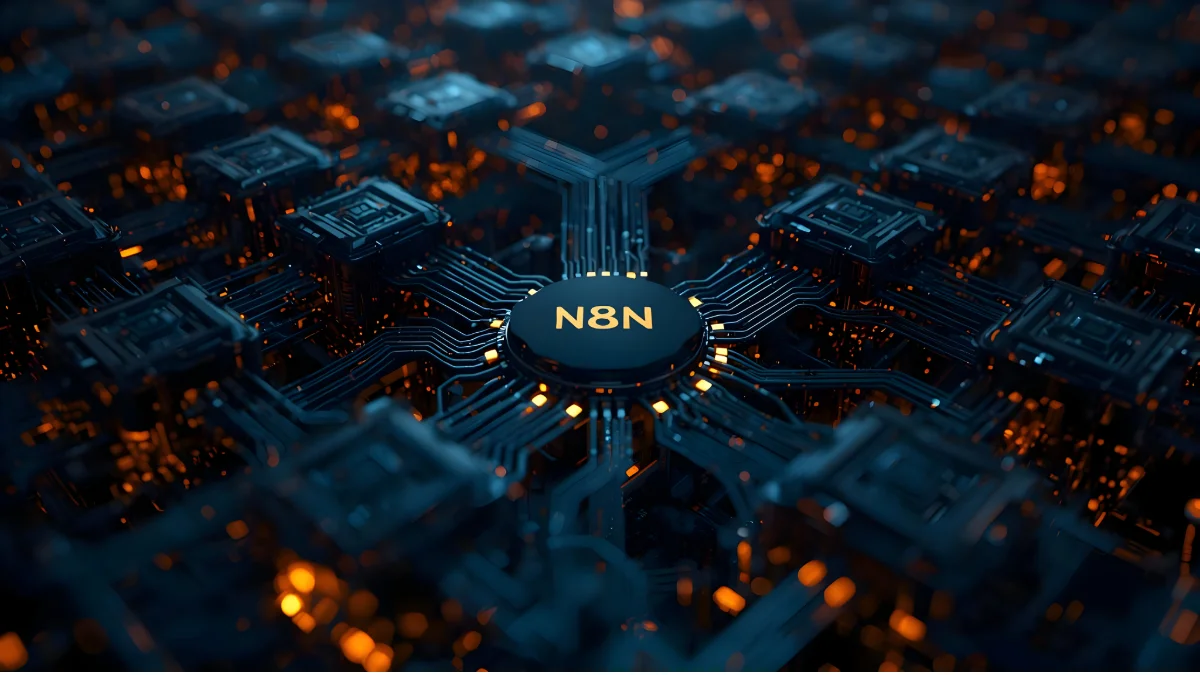1.
What Does CapEx Mean?
p>We’ve compiled everything you need to know about two essential financial terms for management and decision-making: CapEx and OpEx. In this article, you’ll find answers to questions such as What is CapEx, what are its characteristics, and what is the difference between CapEx and OpEx.
Let’s take a closer look at the questions What does CapEx (Capital Expenditure) stand for and What does CapEx mean: CapEx refers to the expenses a business incurs to acquire long-term physical or tangible assets, or to improve existing ones. These expenses are recorded as balance sheet assets and are subject to depreciation. They generally represent investments that add value to the business for more than one year. The Turkish equivalent of CapEx is capital expenditures. Examples of CapEx expenditures include purchasing or constructing a factory, warehouse, or office building; acquiring machinery, equipment, or computer systems; investing in vehicles or production lines; or obtaining software licenses and dedicated infrastructure.
2.
What Are the Characteristics of CapEx?
The reasons for making CapEx investments generally include increasing production capacity, improving or renewing existing assets, investing in new markets and products, adapting to technological advancements, and creating long-term value. The key characteristics of CapEx can be summarized as follows:
- CapEx refers to expenditures made for assets that will be used for more than one year.
- CapEx expenses are recorded as assets on the balance sheet rather than directly as expenses, and they are depreciated over time.
- The goal of the CapEx budget is to increase the company's production capacity or generate long-term value.
- They are generally high-cost, one-time expenditures rather than daily operational costs.
- CapEx aims to create value and income in future periods rather than short-term profit.
- CapEx expenditures are typically pre-budgeted and included in strategic planning.
3.
What Is OpEx?
The question What is OpEx CapEx is often asked. Like CapEx, OpEx (Operational Expenditure) is also a financial term. OpEx refers to the expenditures a company makes to sustain its daily operations. These expenses are short-term and usually cover the costs incurred or paid within less than one year. Examples of OpEx expenditures include employee salaries and benefits, rent, electricity, water, and natural gas bills, software subscriptions and maintenance fees, materials and raw material purchases, and marketing and advertising costs.
4.
What Are the Characteristics of OpEx?
Just as people wonder What is OpEx, they also ask What are the characteristics of OpEx. Translated as operating expenses in Turkish, OpEx has the following key characteristics:
- OpEx refers to expenses made to sustain the company’s daily operations and are typically consumed within one year.
- OpEx expenditures usually recur at regular intervals and are necessary for maintaining business operations.
- They are recorded directly as expenses on the income statement rather than as assets on the balance sheet, thus affecting profit and loss calculations.
- The goal of the OpEx budget is to ensure the continuation of daily operations and maintain business efficiency.
- Compared to large, one-time CapEx investments, OpEx expenses are generally smaller in scale and easier to manage.
- OpEx costs can be increased or decreased according to business needs, depending on contract and subscription terms.
5.
What Is the Difference Between CapEx and OpEx?
Just like the question What is CapEx OpEx, the difference between these two terms is also frequently asked. The first thing that comes to mind when discussing the difference between OpEx and CapEx is this: CapEx refers to long-term investment expenditures that provide lasting benefits to the business, while OpEx refers to the expenses incurred to sustain daily operations. You can also refer to the table below for a clearer comparison between the two terms:
| Characteristic |
CAPEX (Capital Expenditures) |
OPEX (Operating Expenses) |
| Definition |
Long-term asset or investment expenditures |
Expenses incurred to sustain daily business operations |
| Duration |
Long-term (1 year or more) |
Short-term (typically 1 year or less) |
| Examples |
Machinery, buildings, vehicles, infrastructure investments |
Rent, electricity, water, salaries, materials, software subscriptions |
| Accounting Record |
Recorded as an asset on the balance sheet and depreciated |
Recorded as an expense on the income statement |
| Purpose |
Ensure the company’s long-term growth and value creation |
Ensure the sustainability and efficiency of daily operations |
| Recurrence |
Generally one-time, high-cost expenditures |
Recurring and regular expenses |
CapEx and OpEx are two critical elements in financial management. While CapEx investments drive long-term growth, value creation, and competitive advantage, OpEx expenses enable the seamless and efficient continuation of daily operations. Balancing these two expenditure types effectively allows businesses to control short-term cash flow while achieving long-term strategic goals. For instance, traditional on-premise infrastructures can impose high upfront costs and maintenance burdens. Therefore, many businesses prefer cloud services for flexibility, cost efficiency, and effective CapEx management. Cloud solutions not only optimize operational expenses but also reduce capital investments, making it easier to achieve both short- and long-term objectives. Remember, effective CapEx and OpEx management is a vital strategic tool for sustainable growth and competitiveness. For the most efficient use of your business budget, consider shifting from on-premise infrastructures to cloud services.









